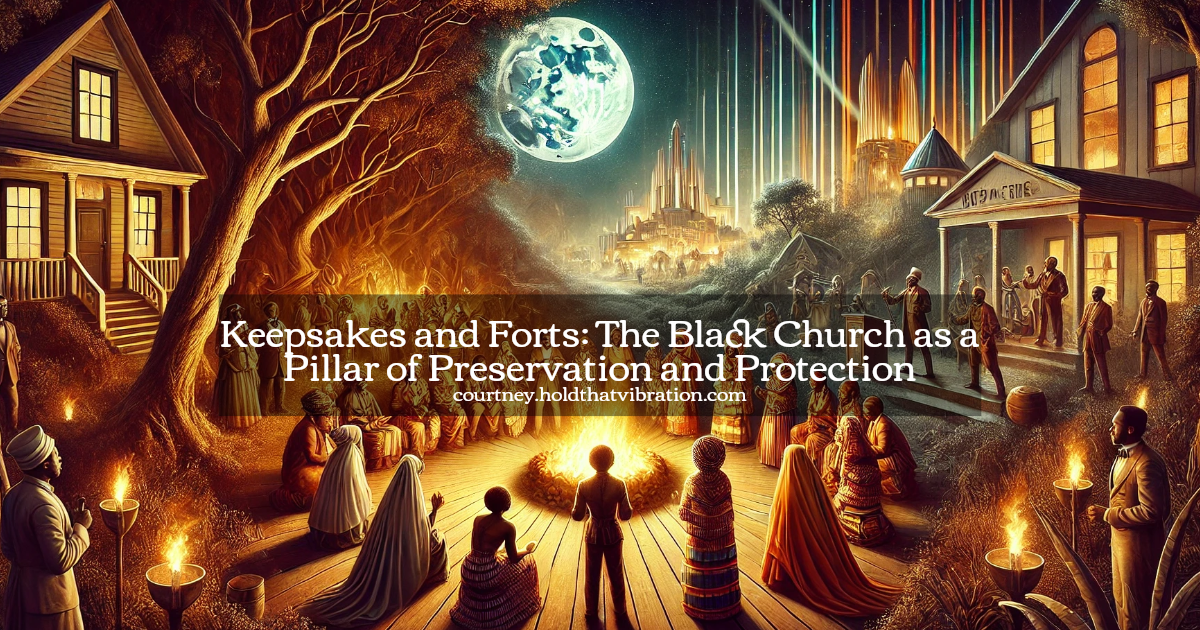“On March 27, 1871, just eight years after the signing of the Emancipation Proclamation wherein African-American slaves were given their freedom, the Rev. Samuel Watson and eight of his members purchased two acres of land in Sumter County to be used for building a church that they would later call Good Hope Methodist Church.
The Message of the Hush Harbor: History and Theology of African Descent Traditions
Although March 1871 is the date the church was officially established on the property, its congregation is thought to have worshipped there for many years before in a secluded space called a hush harbor.
It was on this land that James M. and Mary Louisa Davis, Alexander and Elias Dessassuare, Junis and Sara Davis, John Desassuare and Lloyd Dessassaure and others gathered under the cloak of night to worship God in song, dance and prayer.”
“During the Antebellum period, and subsequent to the Great Awakenings, Christianity grew rapidly in America. This growth included a number of African Americans who assumed the Christianity of their masters and shaped it into what author Albert J. Raboteau and others call the “Invisible Institution.” This institution, which was characterized in large part by the hush harbor, enabled slaves to worship in spirit and in truth in thickly forested areas which were hidden from their masters, wrote Raboteau. In parallel to the invisible institution of worship, there was a visible one.
To this end, Harvey explains there were actually three ways in which African-American worship took shape during this period: Firstly, in segregated biracial churches where white ministers preached. Secondly, in African-American churches such as the African Methodist Episcopal Church founded in 1816. And thirdly, in hidden hush harbors where slaves were free to combine both African and Christian worship practices.
It was in the hush harbor, buried deep within the untended woods on the plantation that slaves remembered the forests of their homeland.”
Keepin’ It Hushed
The Barbershop and African American Hush Harbor Rhetoric by Vorris L. Nunley
“Generally, poorer and more rural churches tended to cling more tenaciously to older customs, and to more experiential forms of worship, and since the vast majority of Southern blacks remained in rural areas, many of the traditions inherited from the “hush harbors” of slavery–including root work, chanted preaching, and particularly musical styles–remained a part of church life. In Southern cities, as the numbers of educated and middle-class African Americans grew, so too did the interest in a more codified and uniform religious experience like that of the North.”
The Church in the Southern Black Community Header
